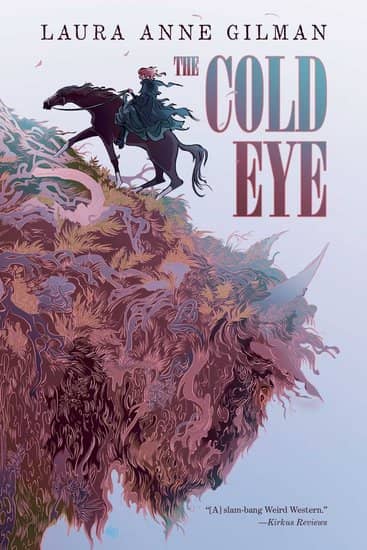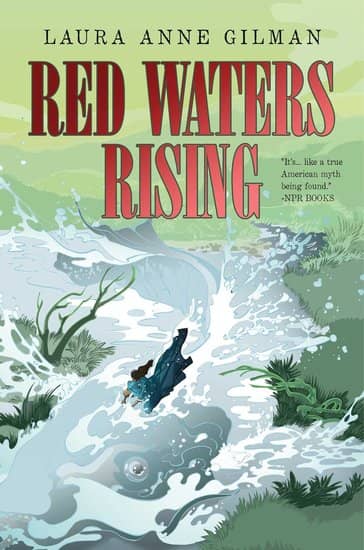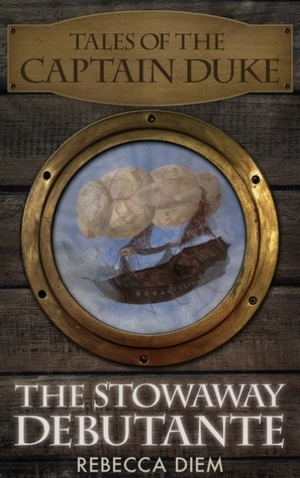A Celebration of the Wonder of the Universe Itself: Vast by Linda Nagata
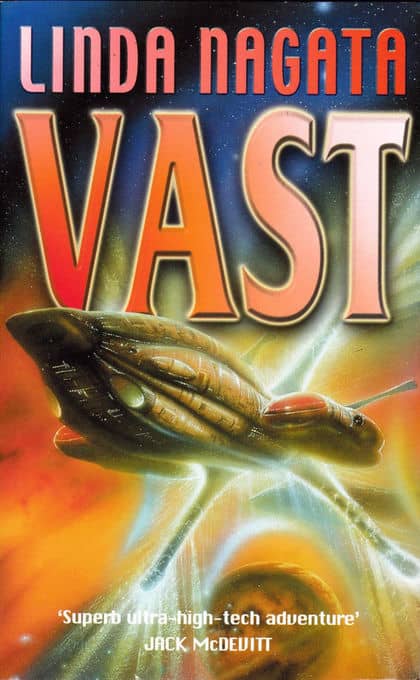 |
 |
Gollancz edition (1990); cover by Bob Eggleton
I’ll get right to it: Linda Nagata’s Vast is everything you want epic sci-fi to be: a huge scope in time and space, a compelling look at the horizons of human and technological evolution, and a celebration of the wonder of the universe itself. Vast provides all this, with some truly beautiful descriptions of stellar evolution thrown in for good measure. On top of all this, this scale and big ideas are woven alongside excellent character formation and a plot that builds tension so effectively that long years of pursuit between vessels with slow relative velocities still feels sharp and urgent.
I liked this book. A lot.
Vast is set in the far future, after multiple waves of colonization have moved out from Earth (which has since itself been destroyed). Humanities’ settlements along the frontier have been ravaged by twin threats from an ancient lost race called the Chenzeme: automated, partially biological warships and an engineered virus that turns its hosts into carriers of a cult that enslaves entire populations. Humanity, it seems, is being squeezed between these two prongs of an incredibly ancient civil war with weapons lingering on even after the civilization that wages it is long gone.
But there’s a whole lot going on against this epic background. Vast is actually the concluding book in a series that includes three others (one of which is the Locus Award-winning Deception Well) but I didn’t realize this when I picked up the paperback edition this summer in a used bookstore when my vacation reading supply tanked. The plot picks up with four characters — Nikko, Lot, Urban, and Clementine, all human — on a starship called the Null Boundary heading into Chenzeme space. Starting with the final book means I missed all the details of how these characters originally met, how they learned Lot was a carrier of the cult virus, and how they ended up on the Null Boundary, but it didn’t decrease my enjoyment of the book. Sometimes it’s nice to be dropped in the middle of an unfamiliar universe to figure things out as you go. (I remember starting Gene Wolfe’s Long Sun quartet for the first time with the third book and being simultaneously confused and enthralled.)


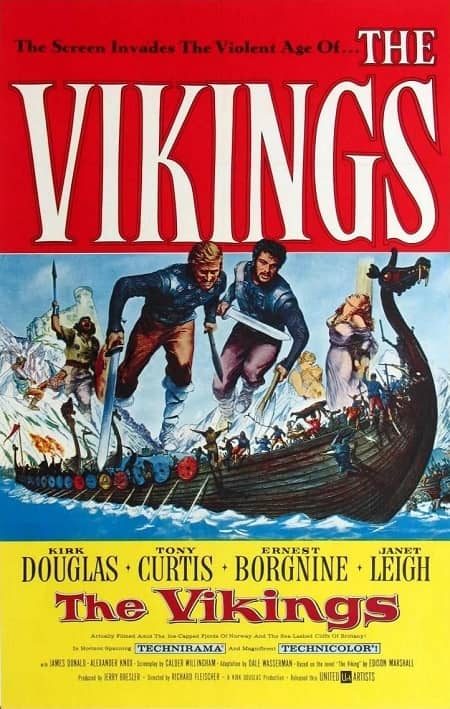

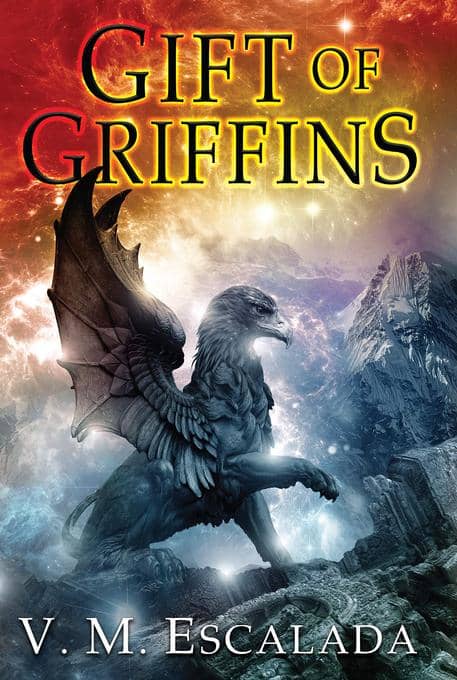

 I went by the screening room early on August 2, the last day of the 2018 Fantasia International Film Festival. It was my final chance to see some of the things I’d missed at the festival, and if I watched three movies in the screening room before heading off to watch the two films I wanted to see that evening at the Hall Theatre, then I’d total 60 movies on the year. And I knew going in what the first film I wanted to see at the screening room was, a film that had gathered a goodly amount of buzz around the festival. On the first day of the festival I’d begun Fantasia 2018 with the revisionist Western
I went by the screening room early on August 2, the last day of the 2018 Fantasia International Film Festival. It was my final chance to see some of the things I’d missed at the festival, and if I watched three movies in the screening room before heading off to watch the two films I wanted to see that evening at the Hall Theatre, then I’d total 60 movies on the year. And I knew going in what the first film I wanted to see at the screening room was, a film that had gathered a goodly amount of buzz around the festival. On the first day of the festival I’d begun Fantasia 2018 with the revisionist Western 
